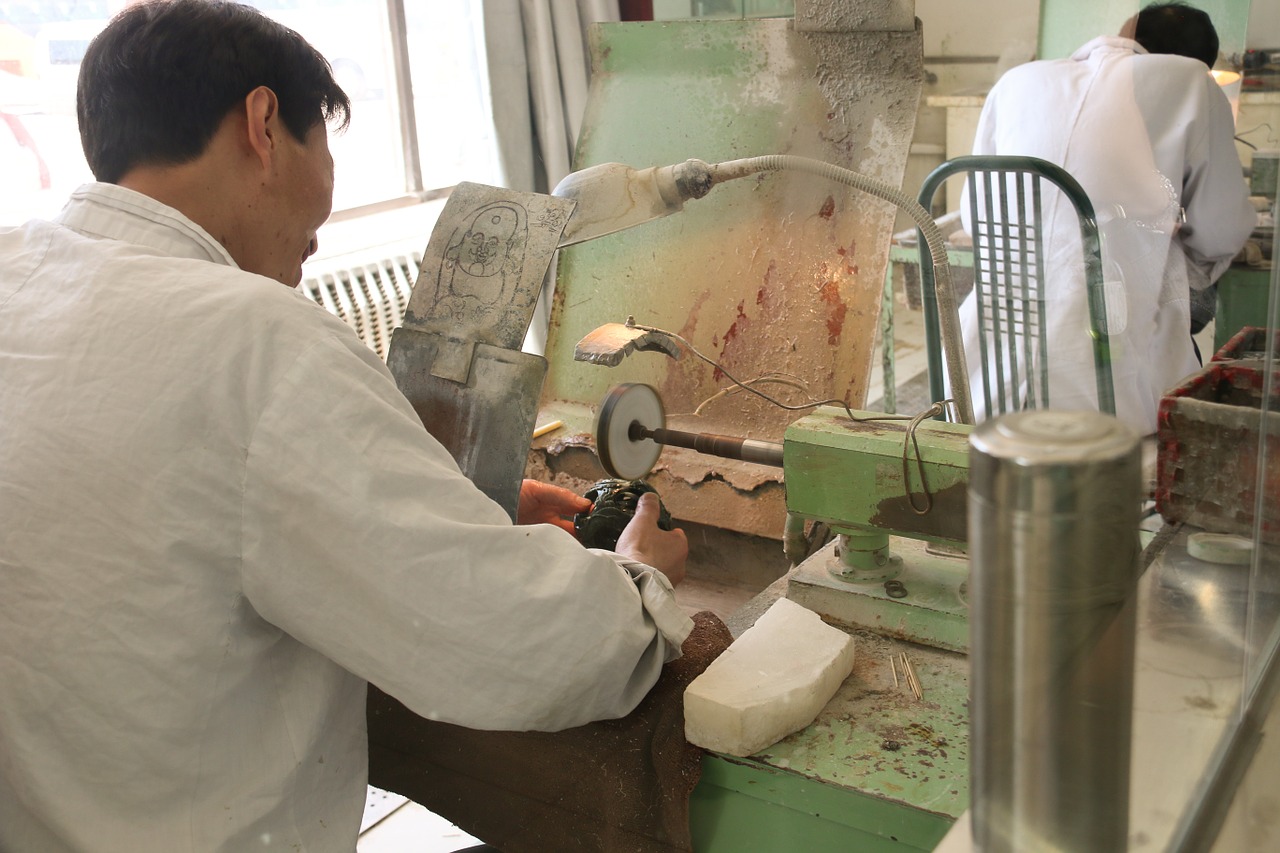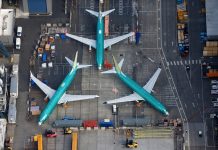
China factory production increases less than expected in May. Figures show that retail sales and investment continue to contract.
The industrial output soared for a second straight month in May. However, the increase was smaller than expected. Analysts believe the economy still struggles to recover from the coronavirus crisis.
Retail sales and investment still contracted, suggesting an uneven and possibly more prolonged recover in other industries.
Global leaders monitoring how long it takes China to recover as they start to lift their own restrictions and reset their economies.
Analysts mention signs of improvement that are noticeable in China. These include steel production and automobile sales as well as operations in industrial parks. However, they believe it could take several months for significant activity to go back to pre-crisis levels.
Official data disclosed that China factory production growth soared to 4.4% in May from a year earlier. This is considered the highest reading since December.
Analysts interviewed by Reuters had foreseen a 5.0% increase from 3.9% in April. The first expansion took place since the virus started in China late last year.
Factories tend to rely on domestic demand more after a decline in export orders due to lockdowns.
Retail sales
Retail sales dropped for a fourth straight month. Meanwhile, job losses and worries about the second wave of coronavirus make consumers wary.
Sales have declined as shops, restaurants and other public places shut down during the pandemic. Consumers remain cautious even if restrictions have loosened up.
Fixed asset investment dropped by 6.3% in January-May from the same period last year, compared with a prediction of 5.9% decline and a 10.3% drop in the first four months of the year.
China considers higher infrastructure spending a significant driver of economic recovery. Meanwhile, steel mills have activated furnaces to more than 92% of capacity.
Private sector fixed-asset investment, which makes up 60% of total investment, fell by 9.6% in January-May, compared with a 13.3% drop in the first four months of the year.
China's GDP
Reports showed that China’s economy fell by 6.8% in the first quarter. The Chinese government did not place a GDP growth target for 2020, the first time in nearly two decades it has not done so.
“I would like to point out that we have not set a specific target for economic growth this year,” Chinese Premier Li Keqiang previously said.
“This is because our country will face some factors that are difficult to predict in its development due to the great uncertainty regarding the Covid-19 pandemic and the world economic and trade environment,” Li said.
China’s economy had a 6.8% contraction in the first quarter. Unemployment remained near historic highs. Officials expressed concern about the slow growth from the spread of the virus overseas.
“The fact that they dropped the GDP growth target is a good thing if it means that they really intend to let sustainable demand — consumption, exports, and private sector investment — drive growth,” Michael Pettis, professor of finance at Peking University, said in an email.
“If they have only dropped it temporarily while they try to figure the full impact of the pandemic, and later select an implicit target that relies heavily on non-productive spending on infrastructure and real estate, then this really doesn’t change anything,” Pettis said.






